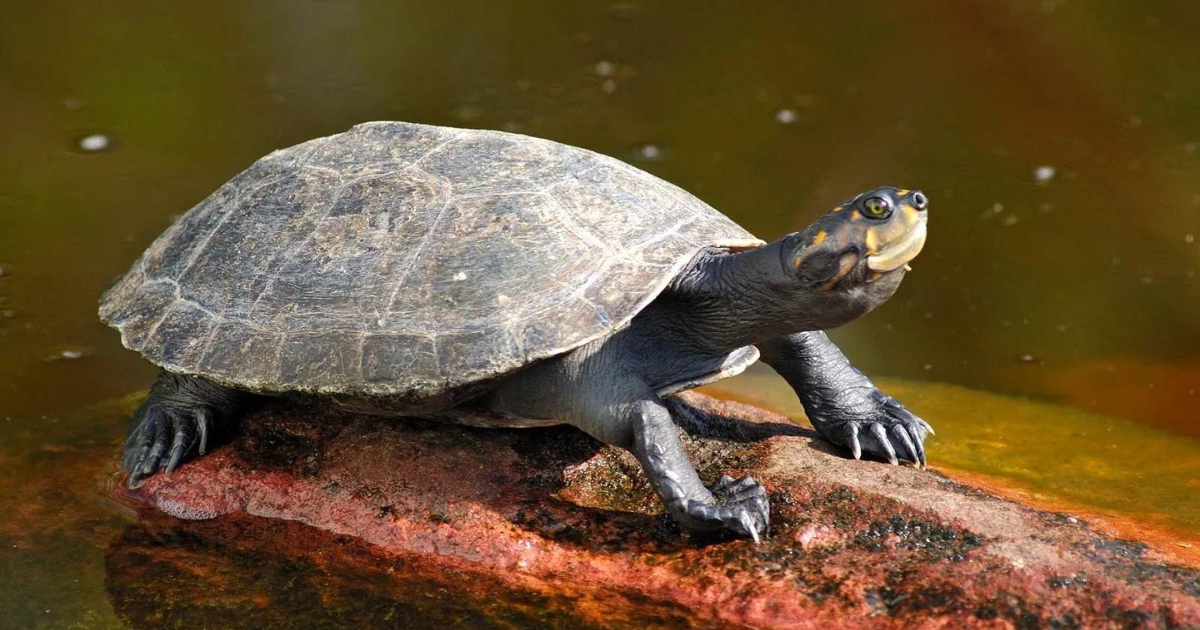When you think of turtles, you might picture them slowly making their way across a sandy beach or gliding through a serene pond. But have you ever wondered what a group of these fascinating creatures is called? If so, you’re not alone. The name for a group of turtles is a fun and intriguing piece of animal trivia that adds to their charm.
The Term For A Group Of Turtles
Unlike some animals, turtles don’t have a widely recognised collective noun. For many animals, there are specific terms used to describe groups, like a “pride” of lions or a “murder” of crows. For turtles, the situation is a bit different. The most commonly used term is a “bale” of turtles. However, this term isn’t as widely known or used as some other collective nouns.
Why Is There No Specific Term?
The lack of a universally accepted term for a group of turtles may be due to the solitary nature of many turtle species. Unlike animals that are known for their social structures, such as wolves or dolphins, many turtles spend a lot of time alone. Turtles are often seen as solitary creatures, only coming together for specific purposes, such as mating or basking in the sun.
Different Turtle Species And Their Social Behavior
To understand why there isn’t a more commonly recognised term, it’s helpful to look at the social behaviour of different turtle species.
- Sea Turtles: These turtles are known for their long migrations across the oceans. They come together primarily for nesting purposes. Sea turtles tend to be solitary during most of their lives, so a term for a group of them is less commonly used.
- Freshwater Turtles: Many freshwater turtles, like the painted turtle or red-eared slider, can sometimes be seen basking together on logs or rocks. While they may group in these instances, they generally lead solitary lives otherwise.
- Tortoises: Tortoises are another type of turtle and are usually more solitary. They are slow-moving and spend a lot of time in their territories.
Fun Facts About Turtles
Even though there isn’t a widely recognised term for a group of turtles, these creatures are still fascinating. Here are some fun facts that highlight their unique qualities:
- Longevity: Turtles are known for their impressive lifespans. Some species can live for over 50 years, and certain tortoises can live to be over 100 years old!
- Shells: Turtles are unique for their protective shells. This shell is made of bone and covered with scutes (scales). The shell is part of their skeleton and grows with them throughout their lives.
- Navigation Skills: Sea turtles are remarkable navigators. They use the Earth’s magnetic fields to find their way across vast ocean distances, returning to the same beach where they were born to lay their eggs.
- Diet: Turtles have a varied diet depending on their species. Some are herbivores, eating plants and fruits, while others are omnivores, enjoying both plant and animal matter.
- Breathing: Turtles have a unique way of breathing. They can hold their breath for long periods, especially sea turtles, which can hold their breath for several hours while diving.
Conservation And The Importance Of Turtles
Despite their fascinating characteristics, turtles face significant challenges due to habitat loss, pollution, and climate change. Conservation efforts are crucial to protecting these ancient creatures and ensuring their survival for future generations. Organizations around the world are working to protect turtle nesting sites, reduce plastic pollution, and address other threats to their well-being.
How You Can Help
If you’re interested in helping turtles, here are a few simple steps you can take:
- Reduce Plastic Use: Turtles often mistake plastic for food, leading to ingestion that can be harmful or even fatal. Reducing your plastic use and participating in clean-up efforts can make a difference.
- Support Conservation Efforts: Many organizations work to protect turtles and their habitats. Consider donating to or volunteering with these groups.
- Be Mindful of Wildlife: When visiting natural areas where turtles live, be respectful of their space and avoid disturbing them.
- Spread Awareness: Share information about turtle conservation with others to help raise awareness and promote protective measures.
Summary
While there may not be a widely recognized term for a group of turtles, the term “bale” is the most commonly used. Turtles, with their unique characteristics and behaviors, continue to captivate and intrigue people around the world. Understanding their lives, appreciating their place in the ecosystem, and supporting conservation efforts are essential steps in ensuring these remarkable creatures continue to thrive.
By learning about turtles and their needs, we can all contribute to their protection and enjoy their presence in our natural world. Whether you’re a turtle enthusiast or just curious, knowing more about these creatures enhances our appreciation for the diversity of life on Earth.





